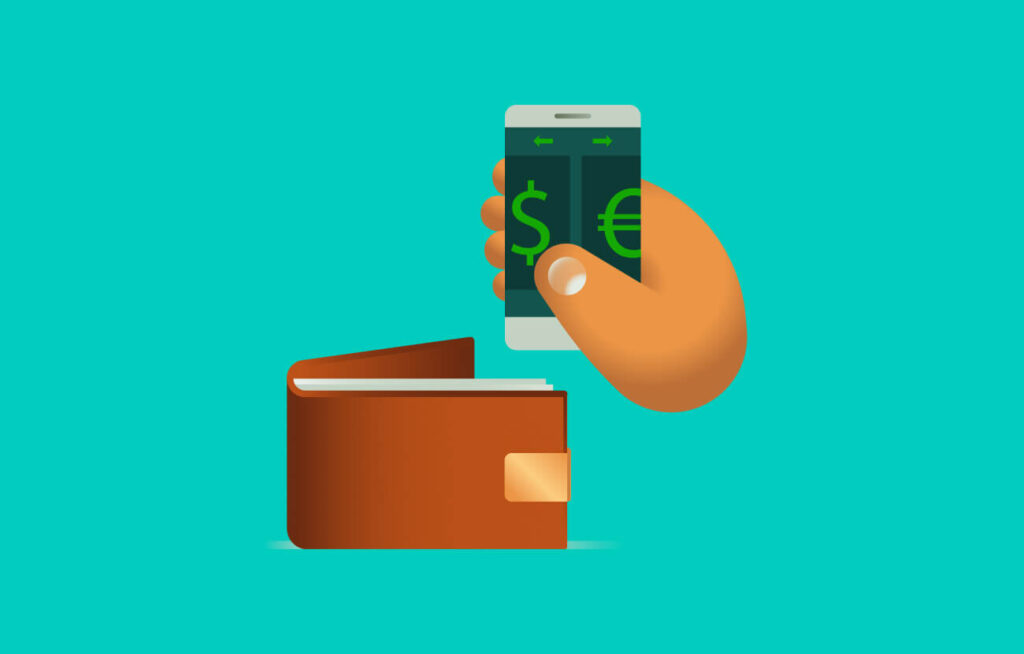Have you ever wondered what it truly means to be financially free? For most people, it’s not about luxury cars or expensive vacations — it’s about peace of mind. It’s knowing your bills are paid, your future is secure, and you have the freedom to live life on your own terms.
If that sounds like the life you want, here’s a practical guide to help you achieve financial freedom step by step.
1. Understand What Financial Freedom Really Means

Financial freedom means your money works for you, not the other way around. It’s when you can comfortably cover your expenses without stressing over paychecks or debts. The key is building passive income — money earned with little ongoing effort — that sustains your lifestyle.
2. Set Clear Financial Goals

You can’t achieve what you can’t define. Set SMART financial goals (Specific, Measurable, Achievable, Realistic, Time-bound).
✅ Example goals:
- Pay off all credit card debt within 12 months.
- Save ₵10,000 for an emergency fund in two years.
- Start investing ₵500 monthly for long-term growth.
Write your goals down and review them often — it keeps you accountable and motivated.
3. Create and Stick to a Budget

Budgeting is the foundation of financial success. It tells your money where to go instead of wondering where it went.
Try the 50/30/20 rule:
- 50% → Needs (rent, food, utilities)
- 30% → Wants (entertainment, leisure)
- 20% → Savings and investments
Use budgeting apps like Mint, YNAB, or even a simple Excel sheet to stay on track.
4. Build an Emergency Fund

An emergency fund is your financial safety net. Life can throw unexpected expenses your way — car repairs, medical bills, or job loss.
Aim to save 3–6 months’ worth of expenses in a separate savings account. It gives you breathing room when things get tough.
5. Get Rid of Debt — Fast

Debt can feel like a chain holding you back. To break free:
- Use the Debt Snowball method: pay off small debts first for quick motivation.
- Or try the Debt Avalanche: focus on high-interest debts first to save money in the long run.
Once you’re debt-free, stay that way — only borrow for assets that grow in value, like education or a home.
6. Increase Your Income Streams

Don’t rely on just one paycheck. Explore multiple income streams such as:
- Freelancing or side gigs.
- Starting an online business.
- Investing in real estate or digital assets.
- Earning through content creation or affiliate marketing.
The goal? Build passive income that continues even when you’re not working.
7. Start Investing Early

If you want to build real wealth, you need to invest. Saving alone won’t outpace inflation.
Start with simple, long-term options like:
- Mutual funds or ETFs
- Stocks or bonds
- Retirement plans or pensions
Consistency is key — even small, regular investments can grow into something big thanks to compound interest.
8. Practice Financial Discipline
It’s easy to get distracted by trends, flashy ads, and “buy now” culture. But financial freedom requires self-control.
Avoid lifestyle inflation (spending more as you earn more), track your spending, and remind yourself that delayed gratification leads to lasting success.
9. Keep Learning About Money

Money management is a lifelong skill. Read finance blogs, listen to money podcasts, and learn from experts like Robert Kiyosaki (Rich Dad Poor Dad) or Dave Ramsey (The Total Money Makeover).
The more you know, the smarter your financial choices become.
10. Give Back and Stay Grounded
True wealth isn’t just about having money — it’s about making a difference. Support causes you care about, help others, and use your resources to create positive impact. Gratitude and generosity attract more abundance into your life.
💡 Final Thoughts
Financial freedom isn’t an overnight success story — it’s a journey. With the right mindset, discipline, and patience, anyone can build wealth and live life on their own terms. Start small, stay consistent, and watch your financial confidence grow.
Remember: You don’t need to be rich to be free — you need to be in control.


